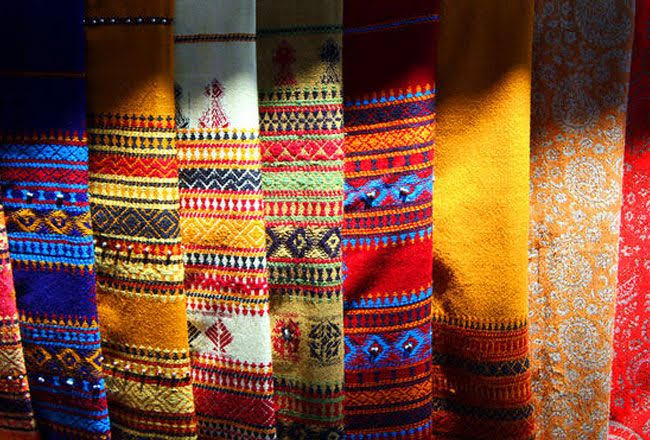
Himachal Pradesh, located in the northern region of India, is a state known for its stunning landscapes, rich cultural heritage, and historical significance. The name “Himachal” is derived from Sanskrit words Hima (snow) and Anchal (lap), meaning “in the lap of snow.” The state is characterized by its picturesque valleys, snow-capped mountains, rivers, and dense forests. It shares borders with Jammu and Kashmir and Ladakh to the north, Uttarakhand to the southeast, Haryana to the south, and Punjab to the west, while Tibet (China) lies to its east.
The state is known as the “Land of Gods” (Devbhumi) due to the presence of numerous ancient temples and spiritual sites. It is also famous for its vibrant folk culture, fairs, and festivals. The economy of Himachal Pradesh is primarily based on agriculture, horticulture, tourism, and hydroelectric power.
Historical Facts about Himachal Pradesh
Ancient History
Vedic Period: The region finds mention in ancient Hindu texts like the Vedas and Puranas, referring to it as a land inhabited by various tribes like the Kinnaras, Nagas, and Kiratas.
Mahabharata Connection: Himachal Pradesh is believed to be associated with the Mahabharata era. Places like Kullu, Manali, and Chamba are linked to the Pandavas.
Influence of Buddhism: During the time of Emperor Ashoka (3rd century BCE), Buddhism spread in some regions, particularly in Lahaul and Spiti, where Tibetan culture still thrives.
Medieval History
Rajput Kingdoms (6th–14th Century): Small kingdoms such as Chamba, Kullu, and Kangra flourished under Rajput rule. They built temples, forts, and palaces, many of which still exist today.
Kangra Fort and Mughal Invasion: The Kangra Fort, one of India’s oldest forts, witnessed invasions by Mahmud of Ghazni in 1009 CE and later by the Mughals in the 16th century.
Gorkha Invasion (18th Century): The Gurkhas from Nepal invaded the region and ruled for some time before being defeated by the British.
British Colonial Era (19th–20th Century)
Anglo-Gorkha War (1814–1816): The British defeated the Gurkhas and took control of several princely states.
British Influence: The British developed hill stations like Shimla (which later became the summer capital of British India), Dalhousie, and Kasauli.
Freedom Movement: Himachal played a role in India’s struggle for independence, with local leaders participating in various movements.
Post-Independence Era
Formation of Himachal Pradesh (1948-1971): Initially, Himachal was formed as a Union Territory in 1948 by merging small princely states. On January 25, 1971, it became the 18th state of India.
Economic and Infrastructure Growth: Since statehood, Himachal Pradesh has made significant progress in education, healthcare, road connectivity, and tourism.
Key Features of Himachal Pradesh
- Capital: Shimla (Summer), Dharamshala (Winter)
- Languages: Hindi, Pahari, and Tibetan (in some areas)
- Major Rivers: Sutlej, Beas, Ravi, Chenab, and Yamuna
- Famous Tourist Attractions: Rohtang Pass, Spiti Valley, Kullu-Manali, Dharamshala, Dalhousie, Chail, and Chamba
- Cultural Significance: Famous for fairs like Kullu Dussehra, Minjar Fair, and festivals like Losar (Tibetan New Year)
- Flora and Fauna: Home to the Great Himalayan National Park, Pin Valley National Park, and rare species like the snow leopard and musk deer
Himachal Pradesh is a land of scenic beauty, rich cultural heritage, and historical significance. From ancient civilizations and Vedic traditions to medieval kingdoms and colonial rule, the state has witnessed a diverse and fascinating history. Today, it is a well-developed state known for its tourism, horticulture, and eco-friendly initiatives, making it a unique and cherished part of India.
INDIAINNINGS
Campaigns
- Diwali Special
- Independence Day Celebrations
- Holiday on Holi day
- New Year Specials
Help
- Order Tracking
- Terms & Conditions
- Privacy Policy
- Tutorials
- FAQ
Help
- Facebook Chat
- Whatsapp Help
- E-mail Support
- Contact



